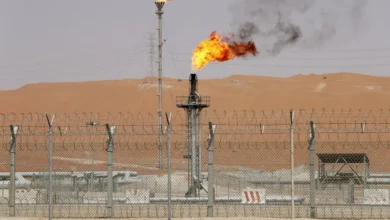China’s power sector investments may top $13.7 trillion by 2060

China’s investments in its power sector may exceed 100 trillion yuan ($13.7 trillion) from 2020 to 2060, the official Xinhua news agency reported on Monday, citing utility behemoth State Grid Corp. of China.
The timeframe of the investment is in line with President Xi Jinping’s pledge for China to attain net-zero emissions of greenhouse gases including carbon dioxide (CO2) by 2060.
Researchers say the goal, if achieved, could curb likely global warming by 0.2-0.3 Celsius this century.
Xi also pledged, in 2020, to bring China’s carbon emissions to a peak by 2030. The world’s second-largest economy accounts for about 30 percent of the world’s CO2 emissions.
“Energy activities are the main source of carbon dioxide emissions in China,” Xinhua cited State Grid as saying in a recently published book.
To achieve the dual-carbon goal, the transformation of China’s mix of power generation to clean and low-carbon sources needs to pick up speed, State Grid said.
In 2022, major power firms in China invested a total of 1.25 trillion yuan, the official China News Services reported in August, citing the China Electric Power Construction Enterprise Association.
Investment in solar power generation in 2022 surged 232.7 percent to 286.6 billion yuan.
China aims to source about 33 percent of power from renewable sources by 2025, up from 28.8 percent in 2020, its state planning agency said last year.
In an annual ranking of the top 40 renewable energy markets worldwide by consultancy EY this year, China came in at No. 3, after the United States and Germany.
The 40 economies were ranked by the attractiveness of their renewable energy investment and deployment opportunities.
In July, China’s ruling Communist Party said the country would double down on power system reforms as the focus shifts to reducing carbon emissions.
But hurdles remain, including provincial government protectionism and a lack of inter-provincial coordination. Fixed, long-term power trading agreements also limit flexibility in the system.










